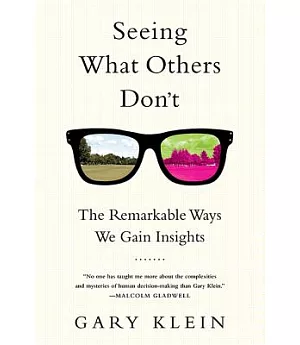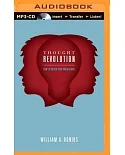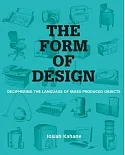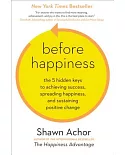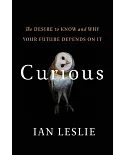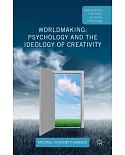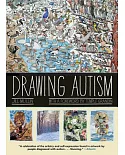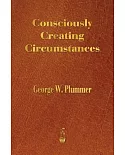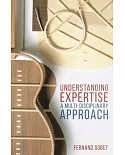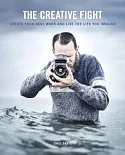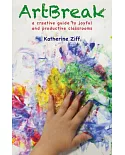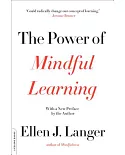麥肯錫公司和美國心理學會讚譽決策思考思想學派大師
融彙120案例,精闢闡釋
破除組織集體盲點,所有領導人必讀之作
為什麼有些人就是能理解別人無法理解的事情?從而看出契機或危機,進而揭發一個騙局,或改變歷史,或讓個人生涯邁向成功?原因在於,洞察力。
★如何看出弦外之音?洞察力的知名案例
◎是什麼樣的洞見讓哈利‧馬科波洛斯(Harry Markopolos)得以指控伯納‧馬多夫(Bernie Madoff)玩詐術,揪出世紀金融大騙局:龐式騙局?
◎麥可‧高特利柏(Michael Gottlieb)是如何找出不同病患之間的關聯,進而發表第一份愛滋病聲明?
◎山本五十六在一九四○年英國攻擊義大利艦隊事件中看到什麼(美國人沒看到的事情),而能謀劃偷襲珍珠港的策略?
◎一名「空降森林消防員」是從何得知自己另外縱一場火就能救他一命,而不具這種洞察力的同僚只能葬身火海?
◎馬汀‧查爾菲(Martin Chalfie)是如何就一種天然螢光提出那個價值百萬美元(並贏得諾貝爾獎)的構想,讓後繼研究人員得以見到有機生命體的體內,觀察進行中的生物過程?
本書作者蓋瑞˙克萊恩博士是認知心理學家,也是敏銳的觀察家,擅長觀察人們做決定的方式。他從一百二十個案例中,歸納整理出五種不同洞見獲取策略:連結、巧合、好奇、矛盾和創造性的絕境。
★洞見如何觸發?五種獲取洞見的策略
◎連結
達爾文搭乘小獵犬號的旅途中,納悶究竟什麼原因造成他所看到的物種差異,透過連結馬爾薩斯的資源競爭觀點,達爾文建構出物競天擇的《進化論》。
◎巧合
二十世紀最偉大的天文發現,來自於巧合。愛爾蘭天體物理學家伯奈爾的洞見從發現一個巧合開始,進而發現脈衝星,改寫了天文史。
◎好奇
亞歷山大˙弗萊明就是偶然發現實驗室的一只培養皿異常,他因好奇,進一步探究,進而發現世界上最成功的藥物盤尼西林神奇的治療能力,因此拯救了幾百萬條人命,並獲得諾貝爾獎。
◎矛盾
惠特尼是華爾街出了名最多疑的研究分析師之一,她老早就指出次級房貸問題日益嚴重,在一片看好聲中,她勇於與大眾的信念背道而馳,進而獲得他人無法捕捉到的洞見,揭露出問題。
◎創造性的絕境
當初還只是初階軍官的拿破崙是如何以寡敵眾,打贏一場看似絕無勝算的戰爭,一躍成為善於運用戰術的頂尖軍事指揮官,靠的就是創造性絕境。
★組織妨礙洞見的經典案例
◎美國九一一攻擊事件發生前兩個月,早有FBI的特務發現可疑跡象,寫信給FBI總部示警,但卻遭到漠視,無法及時阻止攻擊事件。
◎在德國柏林圍牆倒塌前,有分析師發現阻擋兩德統一的障礙正在消退,可惜他和同事為CIA擬的一篇報告中,自我審查,主要洞見遭到壓抑。
◎CIA低階情報分析官推測某國高官計畫發動政變,但其主管不願意將不尋常的洞見納入每日總統簡報,導致白官對政變措手不及。
★為什麼企業組織老愛阻撓洞見,將心力花在防堵錯誤上?
◎因為身為高階經理人,重視可預期性、害怕意外、怕犯錯與便於管理,所以我們看到企業發展六標準差計畫,致力除錯,卻沒想到,這個計畫餿掉了。
◎二○○六年,《財星》雜誌報導,有九十一%採用六標準差的大公司已經跟不上S&P500指數。意外嗎?因為六標準差阻礙了創新,花費太多心力在減少錯誤。3M最知名的產品:便利貼發明人就說:如果當年已經實施六標準差,他的作品永遠不可能問世。
★沒有組織不歡迎創新,那麼組織如何培育洞見?
透過洞察力三路徑,組織可以增添洞見。
1.並透過獲取洞見五策略中的發現矛盾、連結、巧合、好奇、創造性絕境,正式誘發洞察力的因素。
2.行動:重建故事,增添新的想法。
3.改變我們的理解方式。
本書以豐富的故事與案例娓娓道來如何獲得洞見,破除常見的思考盲點,輔以實例讓你檢視自己思考的方式,培養出尋找洞見的心智習慣,開啟你的洞見之路。
Insights--like Darwin's understanding of the way evolution actually works, and Watson and Crick's breakthrough discoveries about the structure of DNA--can change the world. We also need
insights into the everyday things that frustrate and confuse us so that we can more effectively solve problems and get things done. Yet we know very little about when, why, or how insights are
formed--or what blocks them. In Seeing What Others Don't, renowned cognitive psychologist Gary Klein unravels the mystery. Klein is a keen observer of people in their natural
settings--scientists, businesspeople, firefighters, police officers, soldiers, family members, friends, himself--and uses a marvelous variety of stories to illuminate his research into what
insights are and how they happen. What, for example, enabled Harry Markopolos to put the finger on Bernie Madoff? How did Dr. Michael Gottlieb make the connections between different patients
that allowed him to publish the first announcement of the AIDS epidemic? What did Admiral Yamamoto see (and what did the Americans miss) in a 1940 British attack on the Italian fleet that
enabled him to develop the strategy of attack at Pearl Harbor? How did a "smokejumper" see that setting another fire would save his life, while those who ignored his insight perished? How did
Martin Chalfie come up with a million-dollar idea (and a Nobel Prize) for a natural flashlight that enabled researchers to look inside living organisms to watch biological processes in action?
Klein also dissects impediments to insight, such as when organizations claim to value employee creativity and to encourage breakthroughs but in reality block disruptive ideas and prioritize
avoidance of mistakes. Or when information technology systems are "dumb by design" and block potential discoveries. Both scientifically sophisticated and fun to read, Seeing What Others Don't
shows that insight is not just a "eureka!" moment but a whole new way of understanding.
★本書中譯版《為什麼他能看到你沒看到的?洞察的藝術》由寶鼎出版。

